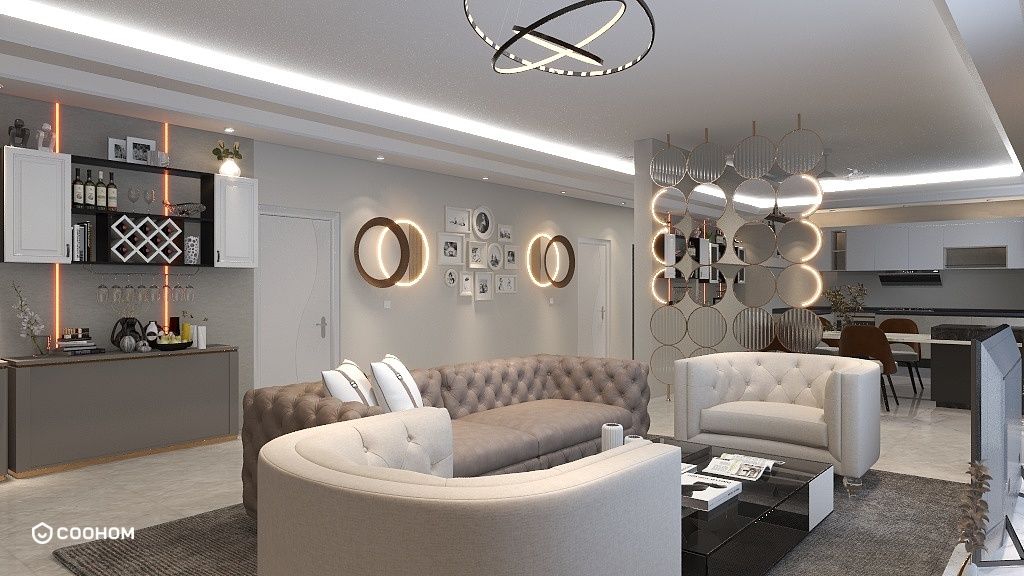Creating Stunning 3D Fountain Renders: Step-by-step Guide to Designing Beautiful Fountains in 3D

Creating stunning 3D fountain renders involves a combination of artistic vision, technical skills, and a deep understanding of design principles. Whether you're a professional designer or a hobbyist, learning how to render a fountain in 3D can enhance your portfolio and impress clients. In this guide, we will explore the essential steps to create breathtaking 3D fountain visuals that capture the essence of water in motion.
Understanding Fountain Design
Before diving into the rendering process, it’s crucial to understand the different types of fountains and their design elements. Fountains can range from simple garden features to elaborate artistic installations. Here are a few things to consider:
- Style: Determine the style of your fountain, whether it is classical, modern, or artistic.
- Materials: Consider the materials used in the fountain, such as stone, metal, or glass.
- Water Flow: Think about how the water will flow and its interaction with the surrounding elements.
Choosing the Right Software
Selecting the appropriate software for 3D rendering is essential. Popular choices include Blender, SketchUp, and 3ds Max, each offering unique features suited for different design needs. Familiarize yourself with the software to effectively create your fountain model.
Modeling Your Fountain
Once you've chosen your software, start modeling your fountain. Here are some steps to guide you:
- Create the Base: Begin with a basic shape for your fountain base, considering the scale and dimensions.
- Add Layers: Incorporate layers or tiers to enhance visual interest.
- Detailing: Add intricate details like carvings, textures, or decorative elements that reflect your fountain's style.
Texturing and Materials
After modeling, it’s time to apply textures and materials. Use realistic textures to mimic the look of water, stone, or any other materials in your design. Pay attention to reflections and refractions, especially for water surfaces, to achieve a lifelike appearance.
Lighting and Environment
Lighting plays a crucial role in rendering. Use a combination of ambient, directional, and spotlights to create depth and highlight features of your fountain. Consider the environment as well—adding plants, pathways, or seating can provide context to your fountain design.
Rendering Your Fountain
Finally, set up your camera angles and render your scene. Experiment with different settings to achieve the desired effect. High-quality rendering may take time, but the results will be worth it.
Tips for Enhancing Your Render
To make your 3D fountain render stand out, consider these tips:
- Use Post-Processing: Enhance your render in post-processing software like Photoshop or GIMP.
- Experiment with Angles: Try various camera angles to find the most compelling view of your fountain.
- Add Motion: Consider animating the water to bring your render to life.
FAQ
Q: What software is best for 3D fountain rendering?A: Popular choices include Blender, SketchUp, and 3ds Max, depending on your preference and experience level.
Q: How can I make my water look realistic?A: Use appropriate textures and pay attention to reflections and refractions to mimic real water effects.
Q: Is lighting important in 3D rendering?A: Yes, effective lighting can dramatically enhance the appearance of your fountain render.
welcome to Use No.1 Home Design Software
Please check with customer service before testing new feature.

